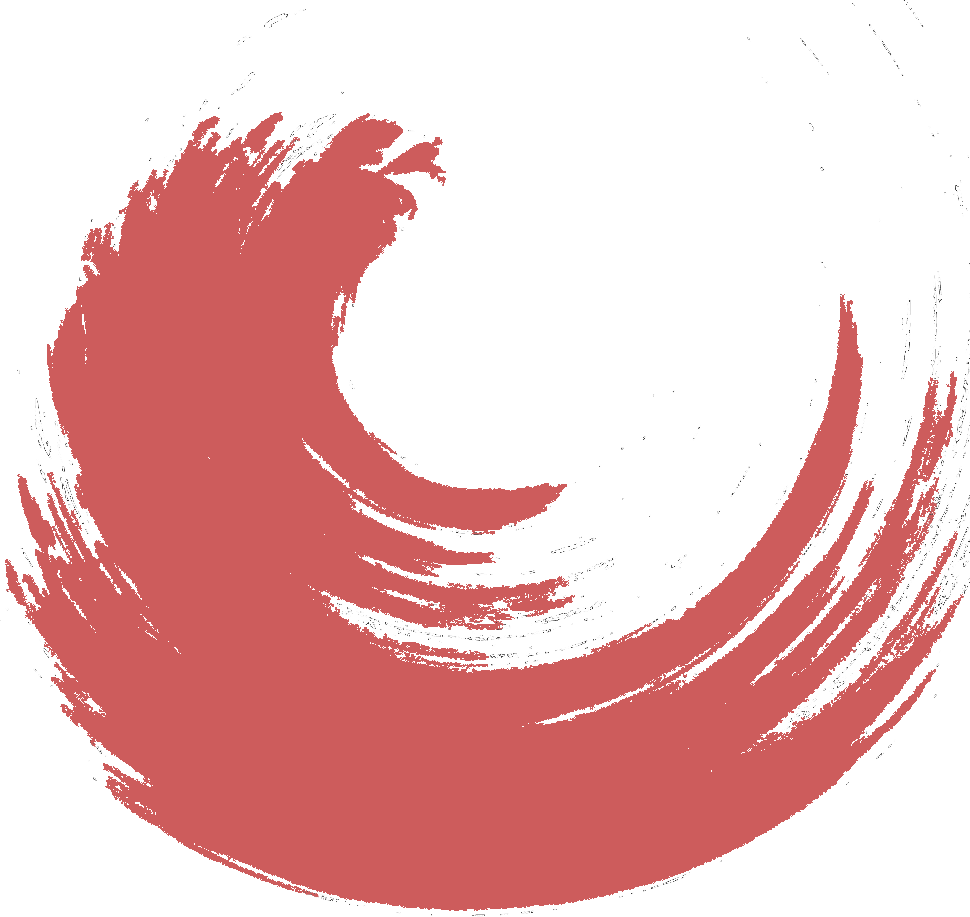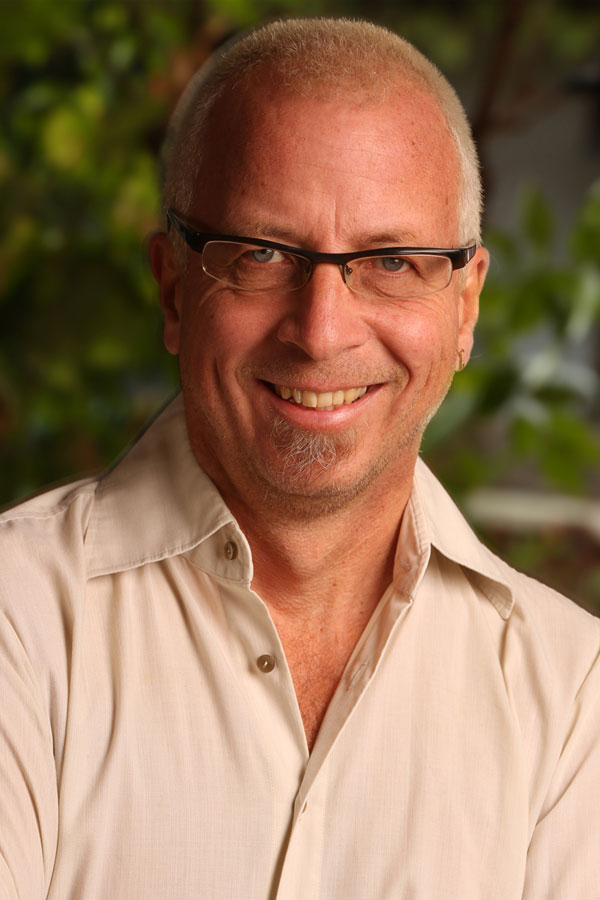My attitude
Walter Hermann, what are the essentials of your work as a psychotherapist?
For me it is important that therapy is a conjoint process where the goals come from my client.
“Goals” is the most important cue here. Many people have a very clear idea about their problem and can describe it in detail. But when I ask them about their goals they are often at a loss. Many people don’t really know what they want. So the first step is to find out what that could be – and my role here is to support that process. After that we embark on our mutual journey where I am only the expert for the process, for the “how to get there”. My clients are the experts for the goals because only they can
know what is good for them.
Sometimes people are disappointed if I cannot answer the question “what should I do?” But to answer that is not my task. My task is to help my clients to find their own answer
I experience this mutual journey as an immersion into another universe. I let myself be touched, I allow myself to be moved by the pain and suffering of my clients. My heart has to resonate and I have to leave myself a bit behind in order to meet my client where he/she is in that moment without losing the awareness that this is not my pain. At the same time I am active on an intellectual level with a variety of methods in order to structure, understand and clarify systemic connections to achieve a solution.
Does that mean in therapy we are not after explanations and causes for problems?
Exactly! In therapy we work on principle systemic and are solution oriented. That doesn’t mean we ignore problems and their causes but that we establish solutions as goals and put emphasis on the joint journey to those solutions.
The work with children and adolescent is a main focus in your therapeutic practice. Why is that so?
After I came back from several overseas assignments in international aid work I took up responsibility for a child protection centre near Vienna as a therapist and team leader. In this position it became more and more clear that I really like that line of work and that I was doing something important.
Children are our future. The wrongs we can make right in childhood aren’t problematic later in life. At the same time children are also the weakest members of our society and need care, support and protection.
The foundation of your therapeutic work is the systemic approach of Virginia Satir. Would you explain that a bit further?
We humans are beings of relationship. We cannot live without relationships. We are constantly connected to other people, even with those who are already deceased. When there is a change within one element in this system of relations the whole system changes. We are connected to all of the universe all the time even if it doesn’t feel like that. For the changes to be sustainable and beneficial for all involved, we need to apply certain methods which we use in the therapeutic process.
Is this systemic approach also applied to your work in the constellation process?
In the constellation process we become aware of our unconscious notions of the world by projecting them outside with the tools we have at hand – first with the systemic board but we are also able to accomplish this in single work or in the group process. With these tools we gain access to these notions, and are able to change them deliberately and respectfully in order to induce sustainable changes to our lives.
It is very difficult to explain what exactly is happening in that process – one has to experience it. It is a little bit as if one would normally move through life like a sleepwalker and suddenly one wakes up and is able to change circumstances in a conscious way. We are operating with our consciousness on a structural plane which is normally not approachable.
Also the work with dreams is an ingredient of your work. How can we use our nightly dreams in order to find out more about ourselves and shape our life more self aware?
As a start one learns to enhance one’s dream memory. In a consecutive step one learns to listen mindfully and respectfully to what they have to tell. A dream has to be approached gently with specific questions and to be viewed from different perspectives. This is a process where things become more clear but not necessarily in the sense of an explicit answer but as a notion of understanding.
And then there are dreams which give unambiguous hints like “look there!” or “leave that alone!”. Sometimes even the Self is heard clearly – like a voice from behind the curtain.
You also use methods from neuro-linguistic programming (NLP) and you emphasise the reality-creating aspect of language. What exactly do you mean by that?
Naming and formulating make things more present, more real. Thus appear truth and content in our consciousness. I ask my clients to find and name resources and solutions, thus give them shape and reality.
Each of us has a permanent commentator in his/her head. If one becomes aware of that, one can use that process to create useful habits and bring new aspects into the foreground. Many people don’t know what they can achieve because they often just stare at their problems, their deficits. Now we are able to re-program this commentator – away from deficits and problems towards Solutions and abilities.
You were born in Vorarlberg and live now in Vienna. But your life let you to visit many countries, not only as a traveller but as an aid worker with humanitarian aid NGOs. Why is there this urge to travel – and how did these experiences shape you and your work?
We learn through making differentiation, they are the base of all perception. When I leave my comfort zone I perceive differences within me and in my environment. There is a saying: travelling educates.
Travelling is adventure, satisfies my curiosity end meets my necessity to move and change. Movement is the opposite of being stuck. To travel helps me to again and again experience myself anew, to invent myself anew and at the same time to realise what stays the same.
At some point it wasn’t enough to be a tourist. Even as a traveller one always stays a foreigner, isn’t really able to encounter people in other countries. It was part of my motive for my work in humanitarian missions to really be with the people there, to be able to share their lives and cares.
Travelling expands ones horizon – here for example in Australia.


